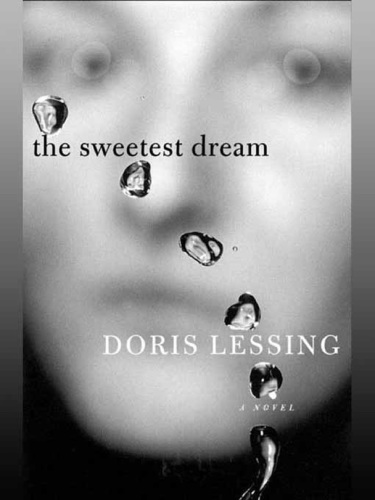
The Sweetest Dream
کتاب های مرتبط
- اطلاعات
- نقد و بررسی
- دیدگاه کاربران
نقد و بررسی

Starred review from January 21, 2002
In lieu of writing volume three of her autobiography ("because of possible hurt to vulnerable people"), the grand dame of English letters delves into the 1960s and beyond, where she left off in her second volume of memoirs, Walking in the Shade. The result is a shimmering, solidly wrought, deeply felt portrait of a divorced "earth" mother and her passel of teenage live-ins. Frances Lennox and her two adolescent sons, Andrew and Colin, and their motley friends have taken over the bottom floors of a rambling house in Hampstead, London. The house is owned by Frances's well-heeled German-born ex-mother-in-law, Julia, who tolerates Frances's slovenly presence out of guilt for past neglect and a shared aversion for Julia's son, Johnny Lennox, deadbeat dad and flamboyant, unregenerate Communist. Frances's first love is the theater, but she must support "the kids," and so she works as a journalist for a left-wing newspaper. Over the roiling years that begin with news of President Kennedy's assassination, a mutable assortment of young habitués gather around Frances's kitchen table, and Comrade Johnny makes cameo appearances, ever espousing Marxist propaganda to the rapt young dropouts. Johnny is a brilliantly galling character, who pushes both Julia and Frances to the brink of despair (and true affection for each other). Lessing clearly relishes the recalcitrant '60s, yet she follows her characters through the women's movement of the '70s and a lengthy final digression in '90s Africa. Lessing's sage, level gaze is everywhere brought to bear, though she occasionally falls into clucking, I-told-you-so hindsight, especially on the subject of the failed Communist dream. While the last section lacks the intimate presence of long-suffering Frances, the novel is weightily molded by Lessing's rich life experience and comes to a momentous conclusion. (Feb. 10)Forecast:A must for Lessing fans, this book carries echoes of much of her previous work, both novels and memoirs. New readers may well be attracted by her brisk, discerning view of the '60s and '70s.

























دیدگاه کاربران